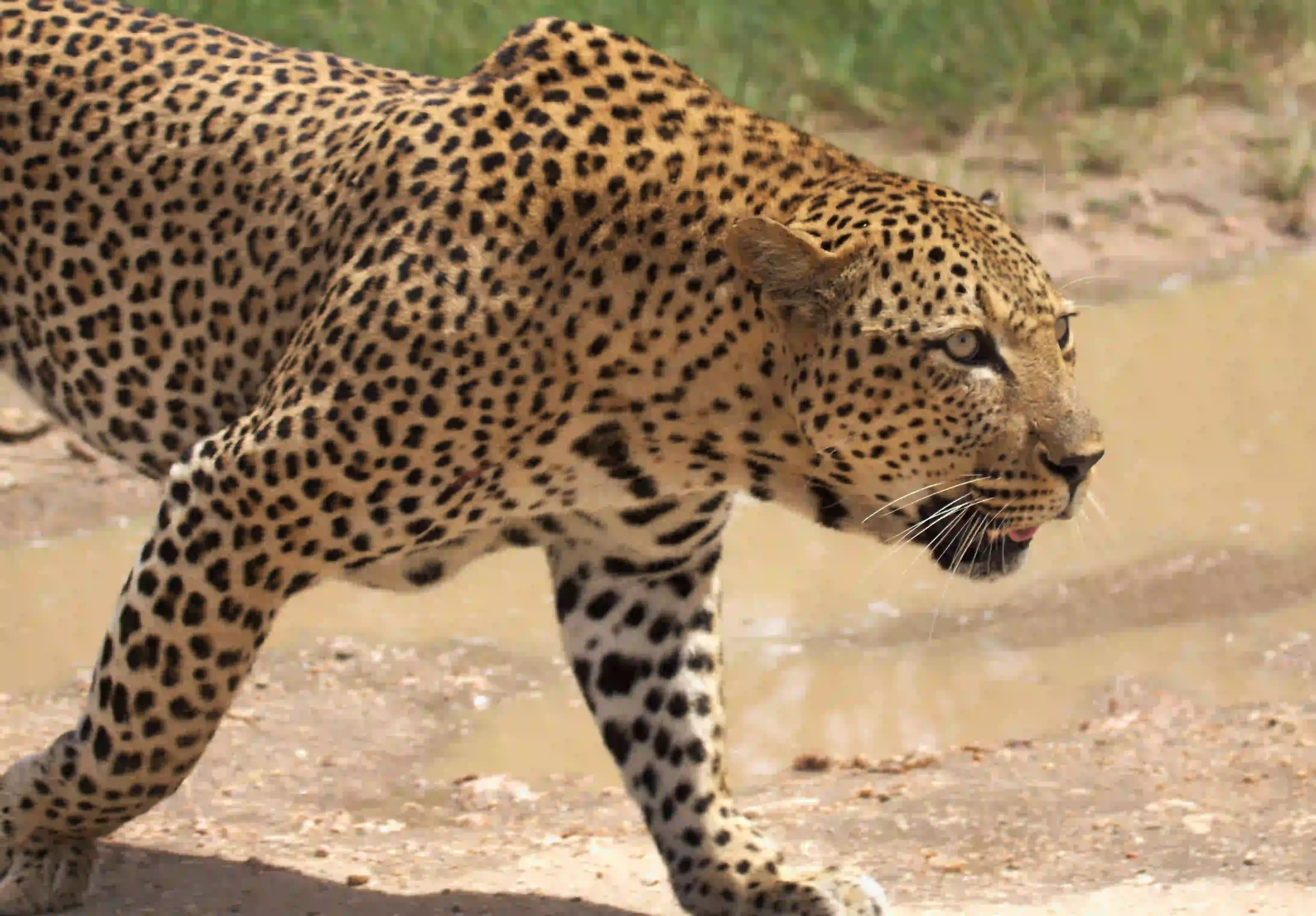All Leopard Subspecies that Inhabit our Planet
Leopard is a big cat known to all of us. They are Known for their distinctive golden-yellow coat covered in black spots and rosettes. Many of us are only familiar with the leopards of Africa and India. But apart from these, there are seven more sub-species of leopard that are unknown to many of us.
What is Leopard:
Leopard is a large cat species under the Panthera genus. The English word leopard comes from the Latin word Leopardos. Where 'leōn' means 'lion', and 'pardos' means 'spotted'. That is, the leopard was considered as a spotted lion in ancient times.
The leopard is scientifically known as
All leopard subspecies that inhabit our planet
Until the 20th century, scientists proposed twenty-seven subspecies of leopards. Nine valid subspecies were later identified by analyzing the mitochondria. These nine sub-species are:
01. African Leopard (Panthera pardus pardus)
02.
03. Amur Leopard (Panthera pardus orientalis)
04. Persian Leopard (Panthera pardus saxicolor)
05. Javan Leopard (Panthera pardus melas)
06. Arabian Leopard (Panthera pardus nimr)
07. North Chinese Leopard (Panthera pardus japonensis)
08. Indochinese Leopard (Panthera pardus delacouri)
09. Sri Lankan Leopard (Panthera pardus kotiya)
Let's take a brief look at all the subspecies of Leopard.
01. African Leopard (Panthera pardus pardus):
02. Indian Leopard (Panthera pardus fusca):

Indian Leopard (Panthera pardus fusca)
03. Amur Leopard (Panthera pardus orientalis):
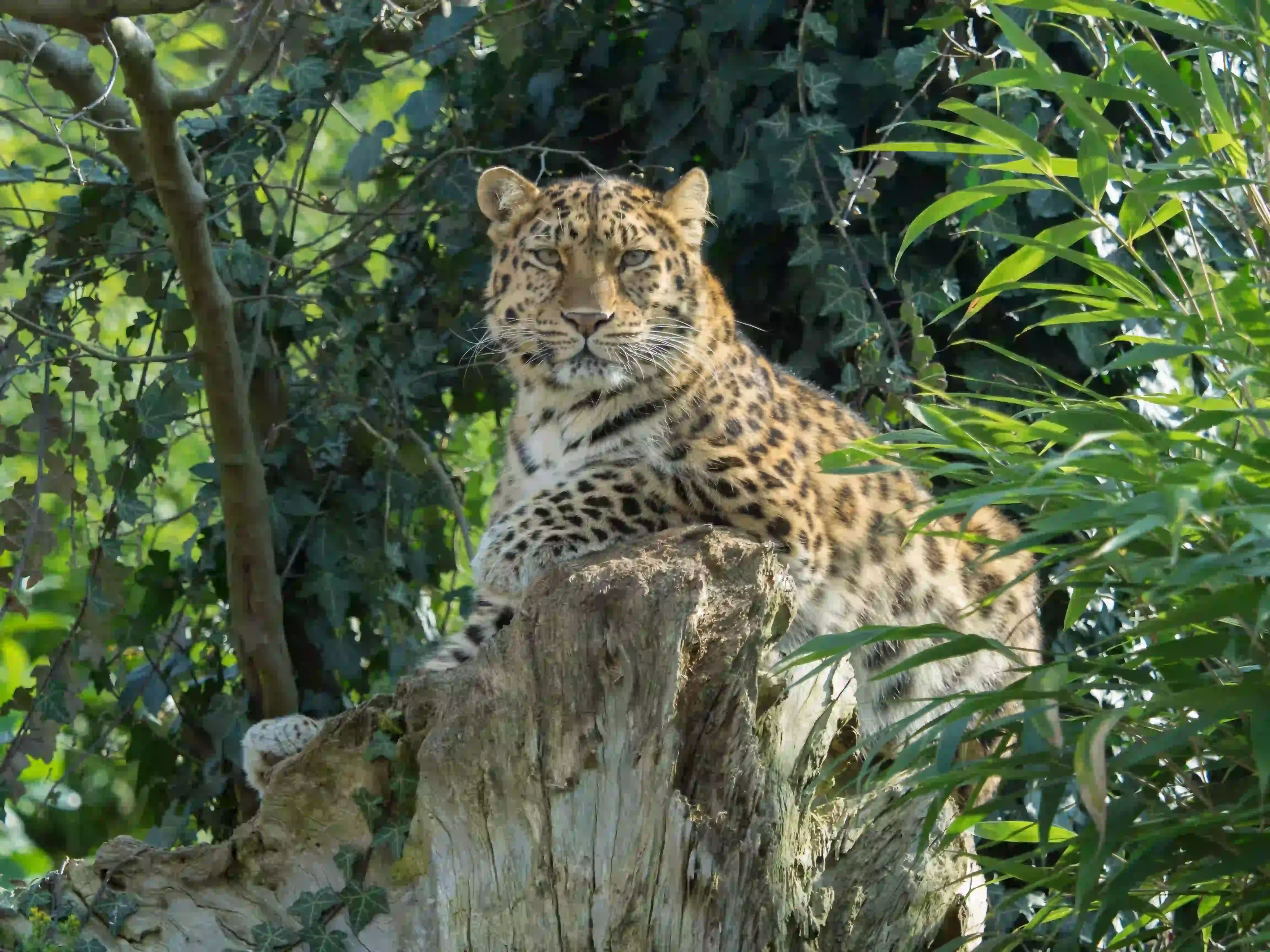
Amur Leopard (Panthera pardus orientalis)
The Amur leopard is one of the rarest leopard subspecies and is native to the forests of eastern Russia and parts of China. It is characterized by a thick coat, pale yellow to deep orange in color, with larger and more widely spaced rosettes. The Amur leopard is critically endangered, with only a few individuals remaining in the wild.
04. Persian Leopard (Panthera pardus saxicolor):

Persian Leopard (Panthera pardus saxicolor)
Native to the mountainous regions of Iran and some other parts of the Middle East, The Persian leopard has a pale coat and is adapted to a variety of environments, from semi-desert areas to mountainous regions. The Persian leopard is also endangered. Its population has been significantly reduced due to habitat destruction and poaching.
05. Javan Leopard (Panthera pardus melas):
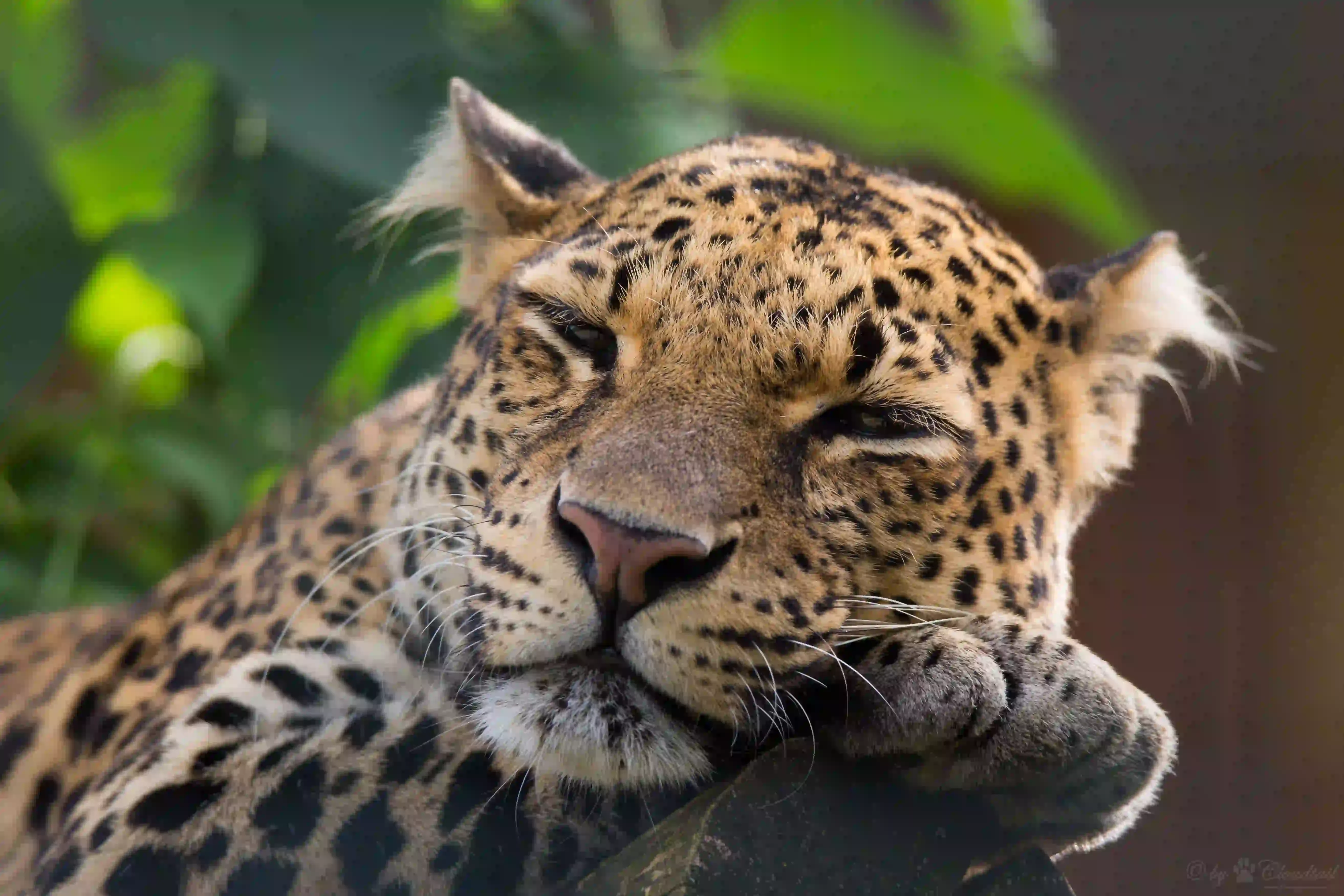
Javan Leopard (Panthera pardus melas)
Found on the island of Java in Indonesia, the Javan leopard is critically endangered. It has a dark golden-yellow coat with small, closely spaced rosettes. The population of Javan leopards has been declining due to habitat loss and poaching.
06. Arabian Leopard (Panthera pardus nimr):
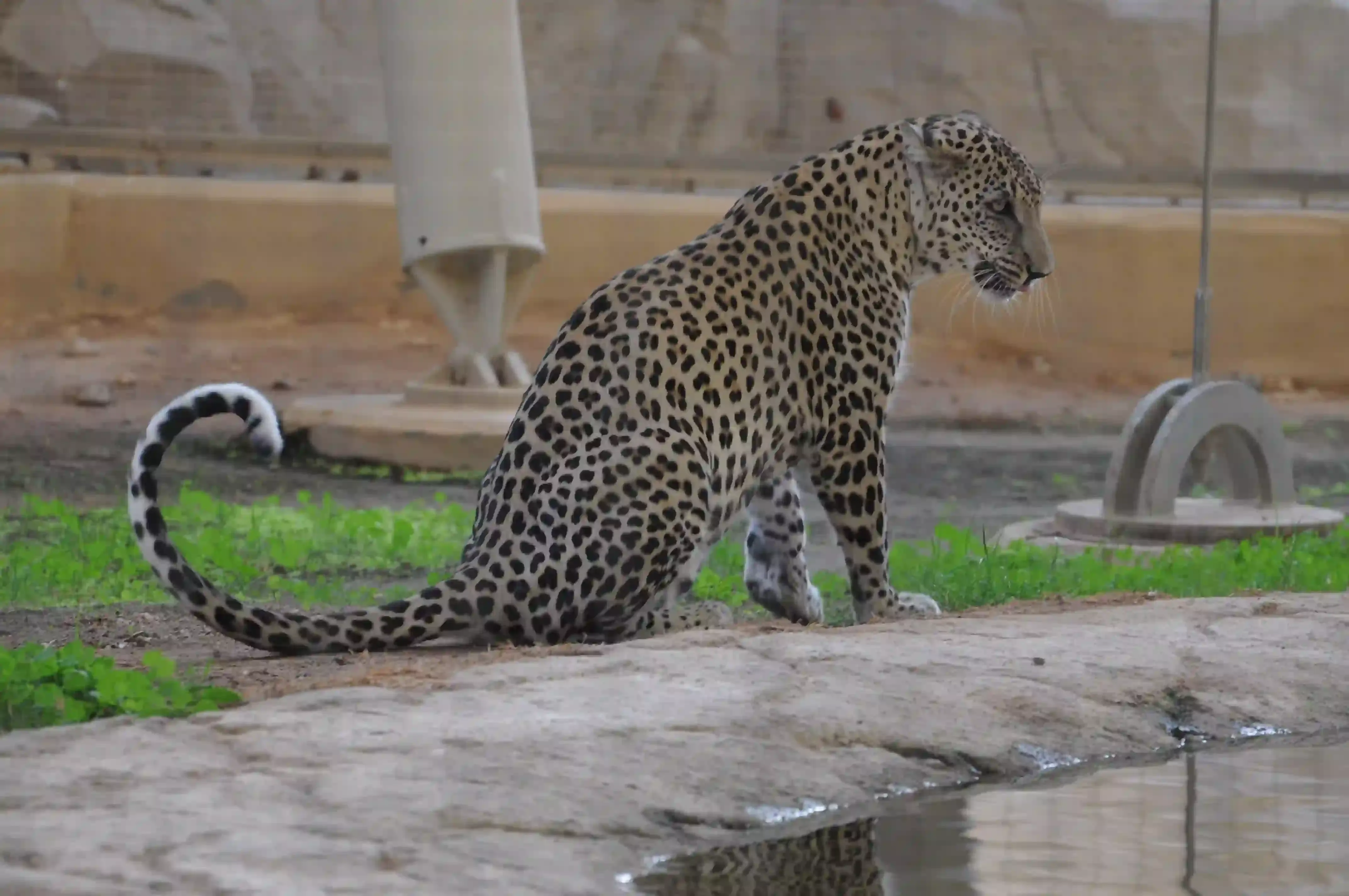
Arabian Leopard (Panthera pardus nimr)
This leopard subspecies is found on the Arabian Peninsula. It is adapted to arid environments and has a pale coat with small rosettes. The Arabian leopard is also critically endangered, with a very small and fragmented population.
07. North Chinese Leopard (Panthera pardus japonensis):
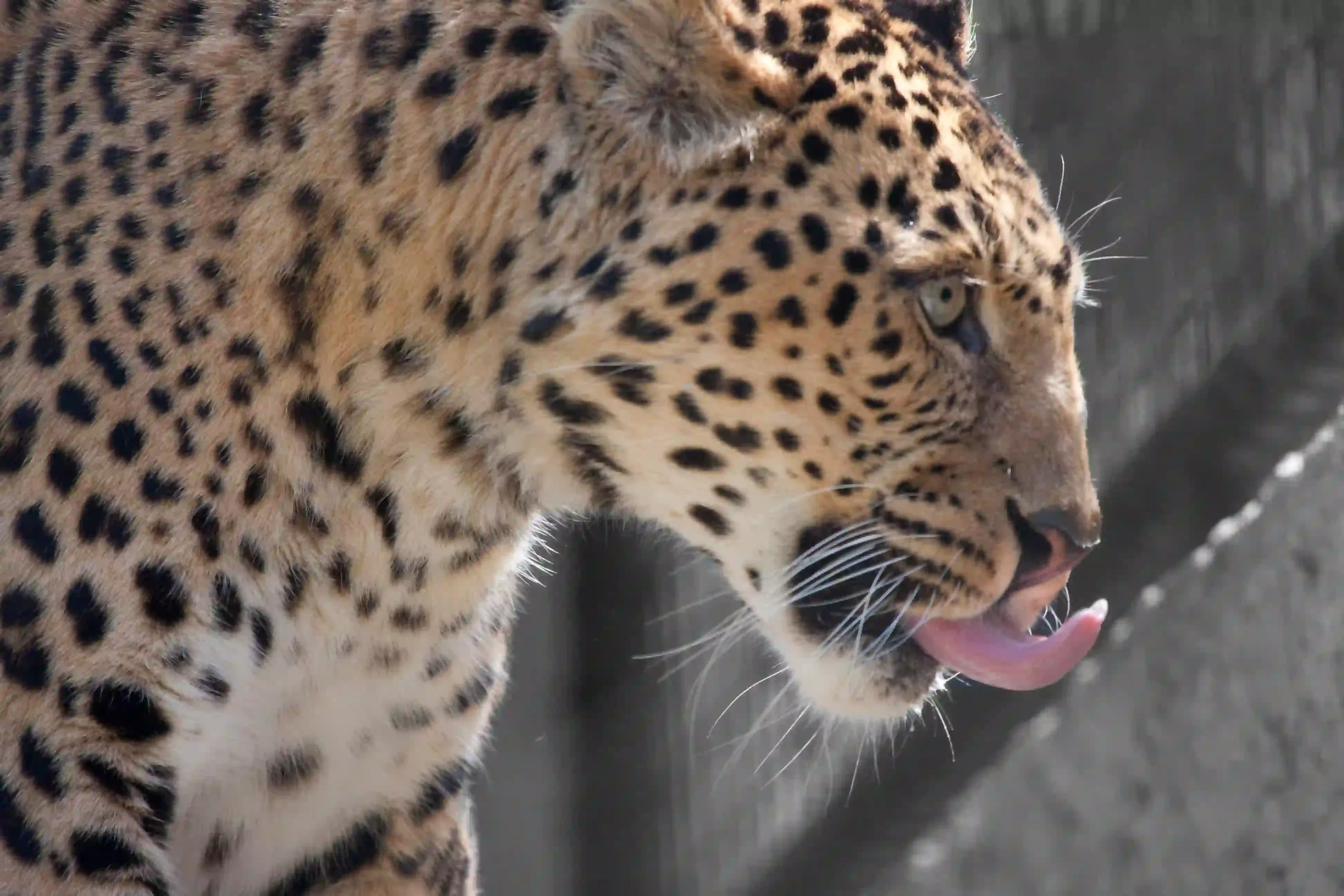
North Chinese Leopard (Panthera pardus japonensis)
Found in northern China, this leopard subspecies is adapted to temperate forests and mountainous regions. The coat coloration may vary, but it generally consists of rosettes.
08. Indochinese Leopard (Panthera pardus delacouri):

Indochinese Leopard (Panthera pardus delacouri)
Inhabiting parts of Southeast Asia, including Myanmar, Thailand, and the Indochina region, the Indochinese leopard prefers a variety of habitats, from evergreen forests to grasslands. Indochinese leopards have a coat color that ranges from pale yellow to deep gold. They have medium-sized rosettes and are adapted to a variety of habitats.
09. Sri Lankan Leopard (Panthera pardus kotiya):

Sri Lankan Leopard (Panthera pardus kotiya)
Endemic to the island of Sri Lanka, this leopard subspecies is adapted to various habitats, including rainforests and grasslands. This leopard subspecies has a golden-yellow coat with large, widely spaced rosettes. It is slightly smaller than its Indian counterpart.
Each
of these leopard subspecies has adapted to its specific environment, resulting
in variations in size, coat color, and pattern. It's important to note that
some of these subspecies are endangered or critically endangered, facing
significant threats such as habitat loss, poaching, and conflicts with humans.

